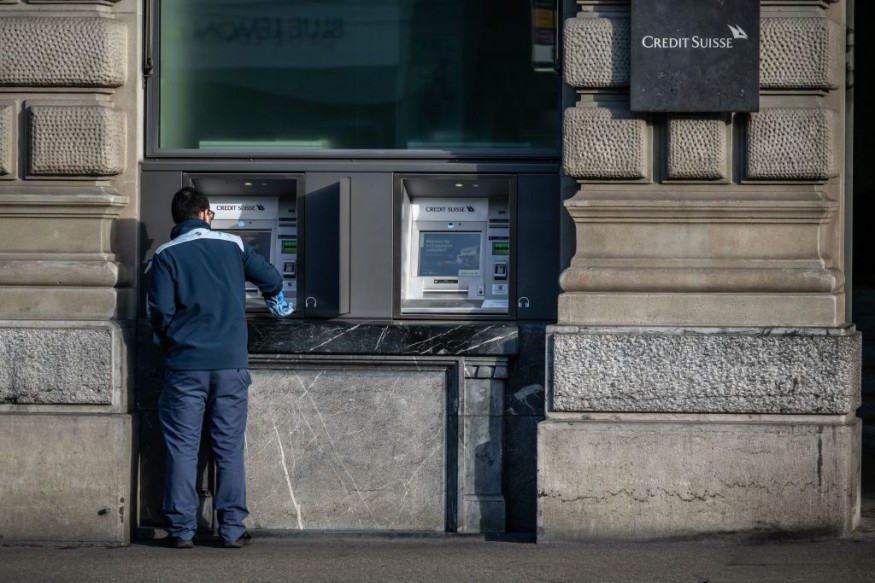Regional Banks Struggle with Profit Slump Despite Economic Rebound
Reminding us how difficult 2023 was, some of the most well-known midsized lenders in the country announced significant declines in profitability during the fourth quarter. The issue is that by 2024, not much improvement is anticipated.
After Discover Financial Services (DFS) revealed that its earnings were 62% lower than a year earlier, the company's shares dropped 11% on Thursday.

After reporting a 36% decline in earnings, KeyCorp (KEY) saw a decline of more than 4%. After declining for the rest of the day, Truist (TFC) slightly increased. It revealed a $5 billion net loss, its lowest-ever quarterly performance.
In general, regional banks are doing better than they were in the first half of the previous year, when concerns about the stability of several other mid-sized banks in the US were aroused by the bankruptcies of Silicon Valley Bank, Signature Bank, and First Republic.
As investors were increasingly certain that the Federal Reserve was prepared to begin lowering absurdly high interest rates as early as March 2023, their stocks even saw a spike in late 2023.
Numerous regional banks would benefit from this action since they saw a decline in their profitability due to the rising cost of deposits.
However, the exact timing of those rate decreases is yet unknown, and as a result, equities are already declining as officials dampen market expectations of an easing in the first quarter.
Due to the unpredictability of interest rates, regional banks will likely continue to face difficulties with net interest income, a crucial indicator of profitability that compares the amount of money banks make on loans to the amount they pay out on deposits.
Challenges for Regional Banks Amid Fed's Potential Rate Reductions
Even if the Fed does ultimately start to reduce, several regional banks reported a decline in income during the fourth quarter, and some even stated they expect it to continue to decline until 2024.
A significant non-cash goodwill impairment charge of $6.1 billion, which the bank claimed reflected the impact of increased rates on the whole sector, was mostly to blame for Truist's $5 billion quarterly loss.
The bank, which is headquartered in Charlotte, North Carolina, is among the top 10 lenders in the US despite being far smaller than industry titans like JPMorgan Chase (JPM). It also incurred a one-time expense of $507 million for a special assessment that it paid to the Federal Deposit Insurance Corporation.
Similar assessments were paid by other banks, and the FDIC is using them to top out a fund that was set up to pay damages from the collapses of Silicon Valley Bank and Signature Bank in 2023.
Cleveland-based KeyCorp, a regional bank, reported a more than 24% decrease in net interest income in the fourth quarter compared to the same period last year.
Despite anticipating two to five rate decreases from the Fed beginning in March, it projects that metric to decline by two to five percent on a tax equivalent basis in 2024.
Copyright © MoneyTimes.com










